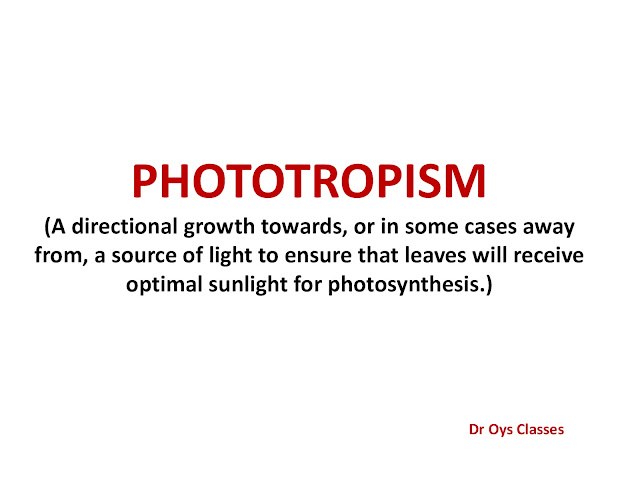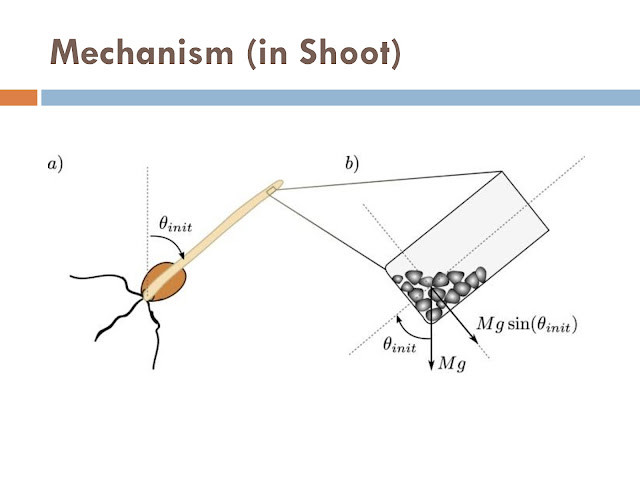Feature Label Area
Wednesday, 11 October 2023
Wednesday, 20 September 2023
Sunday, 17 September 2023
Sunday, 12 February 2023
Saturday, 4 February 2023
Tuesday, 31 January 2023
Fishery wastes utilization in mushroom cultivation
Fish processing generates solid wastes that can be as high as 50-80% of the original raw mate-rial (Joseph et al., 2019)that includes fins, heads, bone, skin, scales and viscera (Nikoo et al.,2016). These wastes are rich source of valuable components such as protein, lipid, enzymes bioactive peptides, pigments, flavours, vitamins and minerals. Therefore, it is imperative to recycle these wastes into marketable products so as to add value to this waste and minimize environmental threat of pollution (Kumar et al., 2018). Mushroom can be used as a tool to convert the fishery wastes in to wealth.Fish wastes including head, tail, shells, intestine, fins, dead fishes etc was utilized in combination with agro-industrial wastes (1:1) for artificial cultivation of Ganoderma lucidum(Lakshmi, 2013) and Pleurotus flabellatus (Lakshmi and Sornaraj, 2014). The authors de-scribed this technique as an environmentally friendly alternative to disposing of fish waste which is not only economical, relatively odourless but also biologically beneficial for the operation of sea food. Nevertheless, in both the cases, fish supplementation did not enhance the yield of mushroom as compared with control. Jain (2017) also found little impact of fish processing waste on yield parameters of Pleurotus florida.Contrary to this, in Ghana, fresh fish waste (FFW) and cooked fish waste (CFW) were mixed with sawdust to form compost. The temperatures higher than control were recorded from compost heaps prepared from both FFW and CFW. In fish-based substrates (FFW and CFW) the mycelial colonization of compost bags and subsequent growth of oyster mushrooms(Pleurotus species) were more rapid. This waste was also produced in larger and more firm fruiting bodies (Atikpo et. al., 2005 & 2008; Atikpo and Dzomeka; 2007). Onokpise et. al.,(2008) found almost same finding in another study in Ghana, with fish wastes and Pleurotus species. Apart from fish wastes, fish by products have also been used in mushroom cultivation.A work by Mushroom Research Center, Pennsylvania State University explored menhaden fish soluble and fish oils as nutrient supplements in mushroom composting and culture to increase yield and sporophore size of Agaricus bisporus (Green, 1974; Schisler and Patton Jr, 1976). However, Siddhant et. al., (2021) reported no mycelial run in fish scale containing sets. Bran is widely used as a protein supplement for the cultivation of speciality mushrooms(Moonmoon et al 2011; Siddhant et. al., 2015). As bran is suitable for feeding livestock, as it has high nutritional content and suitable for improving the health of cattle, it is therefore necessary to explore its alternatives. Fish by-products are the waste from fish processing that can be used as best alternative source of protein supplements in mushroom cultivation with very high crude protein. Many by products such as fish meal (Pertiwiningrum et al, 2018),fish oil and fish offal peat compost have shown positive response as a nutrient supplements for the growth of Pleurotus ostreatus (Martin and Bassler, 1989). The usability of Chicken feather (CFP), Fish (FP) and Tryptone peptone (TP) as substrate for Morchella esculenta was investigated by Taskin et al, (2012). Among the peptones, fish peptone showed poor response in production of mycelial biomass and extracellular polysaccharides (EPS). The available literature indicates that fishery waste could be considered as low cost nutrient supplements that would not only increase yield, size (Green and Mattick, 1977; Greenet. al., 1973) and protein content of cultivated mushrooms (Jain, 2017), but may also be an alternative livelihood for low income population (Murugaiyan, 2016).
(PDF)
Cited this as:
Siddhant and Shalini Mishra (2021): Fishery wastes utilization in mushroom cultivation. Academia Letters, Article 4114. https://doi.org/10.20935/AL4114.
Saturday, 21 January 2023
Availability of edible mushrooms in Ayodhyadham, India.
INTRODUCTION
A mushroom is a macro fungus with a distinctive fruit bodies which can either epigeous (above ground) or hypogeous (under ground) and large above to be seen with a naked eye and to be picked by hand. The most common type of mushroom is umbrella shaped with pileus (cap) and stipe (stem). Some species additionally have annulus / ring or volva or both. They provides a rich addition to the diet in terms of protein, vitamins, minerals and carbohydrates. They also have medicinal properties, therefore, they can be considered as a functional food (medicinal and nutritive food). They contain a high proportion of unsaturated fat. In addition to nutritional value, mushrooms have some unique colour, taste, aroma and texture characteristics. Edible mushrooms include many fungal species that are either harvested wild or artificially cultivated. In the present study, extensive surveys were made to evaluate the availability of edible mushrooms in the market of Ayodhyadham.
RESULTS
A total of nine mushrooms species were utilized in form of food. Among the commercially cultivated mushrooms, only button mushroom Agaricus bisporus appeared in the market throughout the year, notably during winter season, due to various seasonal growing units. During this period, its consumption and production were at the peak. Canned button mushroom is also available in limited quantity.
|
Fresh Button mushrooms with vegetable venders
|
|
Canned Button mushroom |
Apart from this, various Pleurotus species including P. citrinopileatus, P. eous, P. eryngii, P. florida, P. sajor-caju and one elm oyster mushroom Hysizygus ulmarius and a summer mushroom Calocybe indica were also accessible in limited quantities at particular shops. These exotic mushrooms were seasonally grown by Sri Pyare Lal agro Products in Ayodhyadham.
|
Mushroom bags in Sri Pyare Lal Agro Products |
Termitomyces globules, T. heimii, T. microcarpus, T. fuliginosus, Macrolepiota procera, and Astraeus hygrometricus were among the popular wild mushroom species spotted on moving stalls during the rainy season, brought usually by mushroom hunters from Tikri Reserved Forest.
Macrolepiota procera and Astraeus hygrometricus in moving stall
A mushroom hunter Mr Pal gathered two Volvariella species including V. volvacea and V. indica, from various outside villages and delivered them door to door depending on availability. A warm climate wild button mushroom Agaricus bitorquis was relatively uncommon among people, with only 4-5 families eating it.
|
Wild button mushroom Agaricus bitorquis |
CONCLUSION
Commercially cultivated button mushroom Agaricus bisporus is the most demanding mushroom in Ayodhya Dham. One explanation for this is the scarcity of wild mushrooms as well as people's unwillingness to exotic mushrooms.(PDF)
Cited this as:
Siddhant, Mahesh Kumar and Shalini Mishra (2021): Availability of edible mushrooms in Ayodhyadham, India. Ahi Evran International Conference on Scientific Research, Ahi Evran University, Kirşehir, Turkey. November 30- December 1-2, 2021. In: Abstract book edited by Prof. Dr. Ahmet KAZANKAYA. ISBN: 978-625-7464-54-3. p. 473.













































